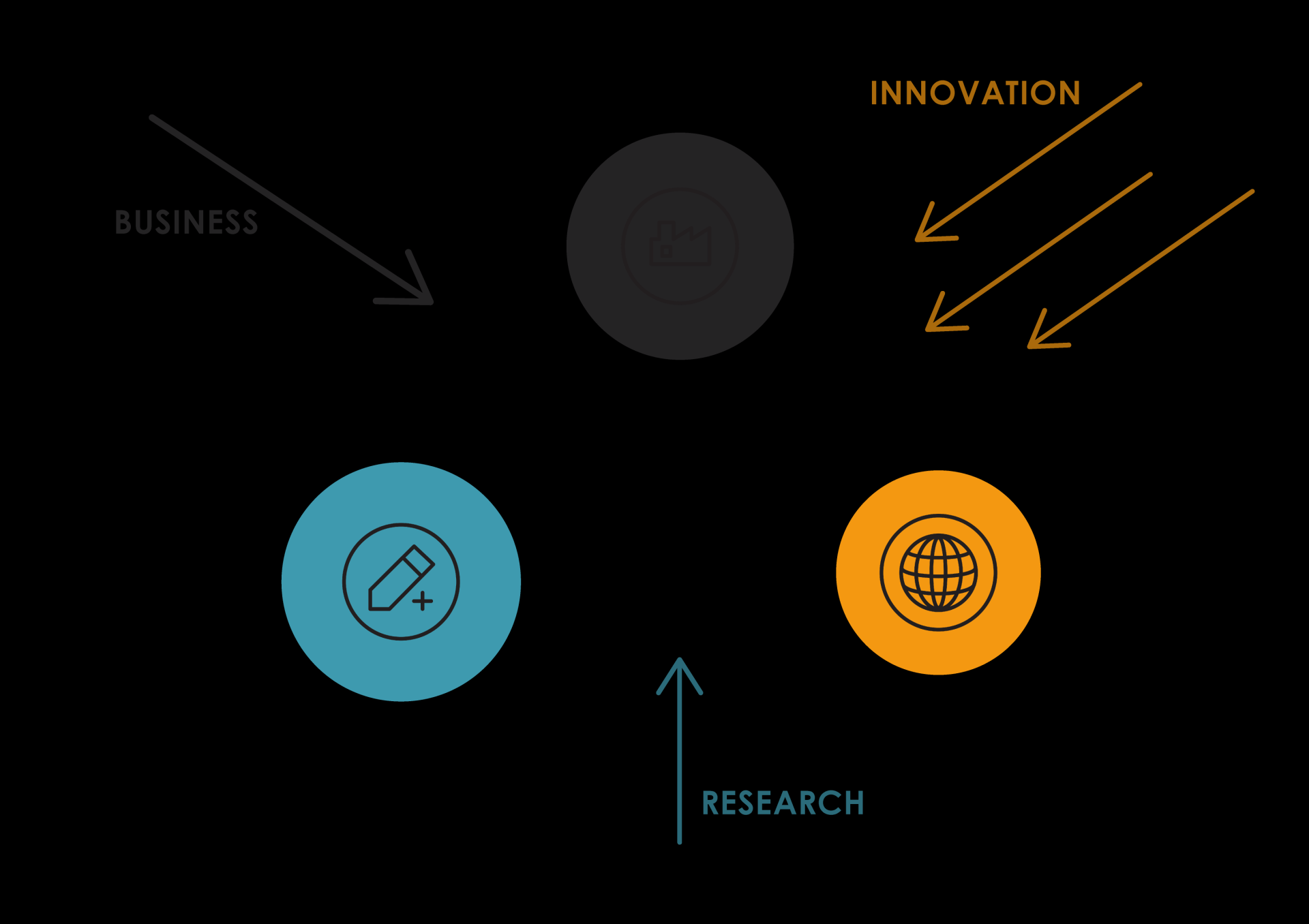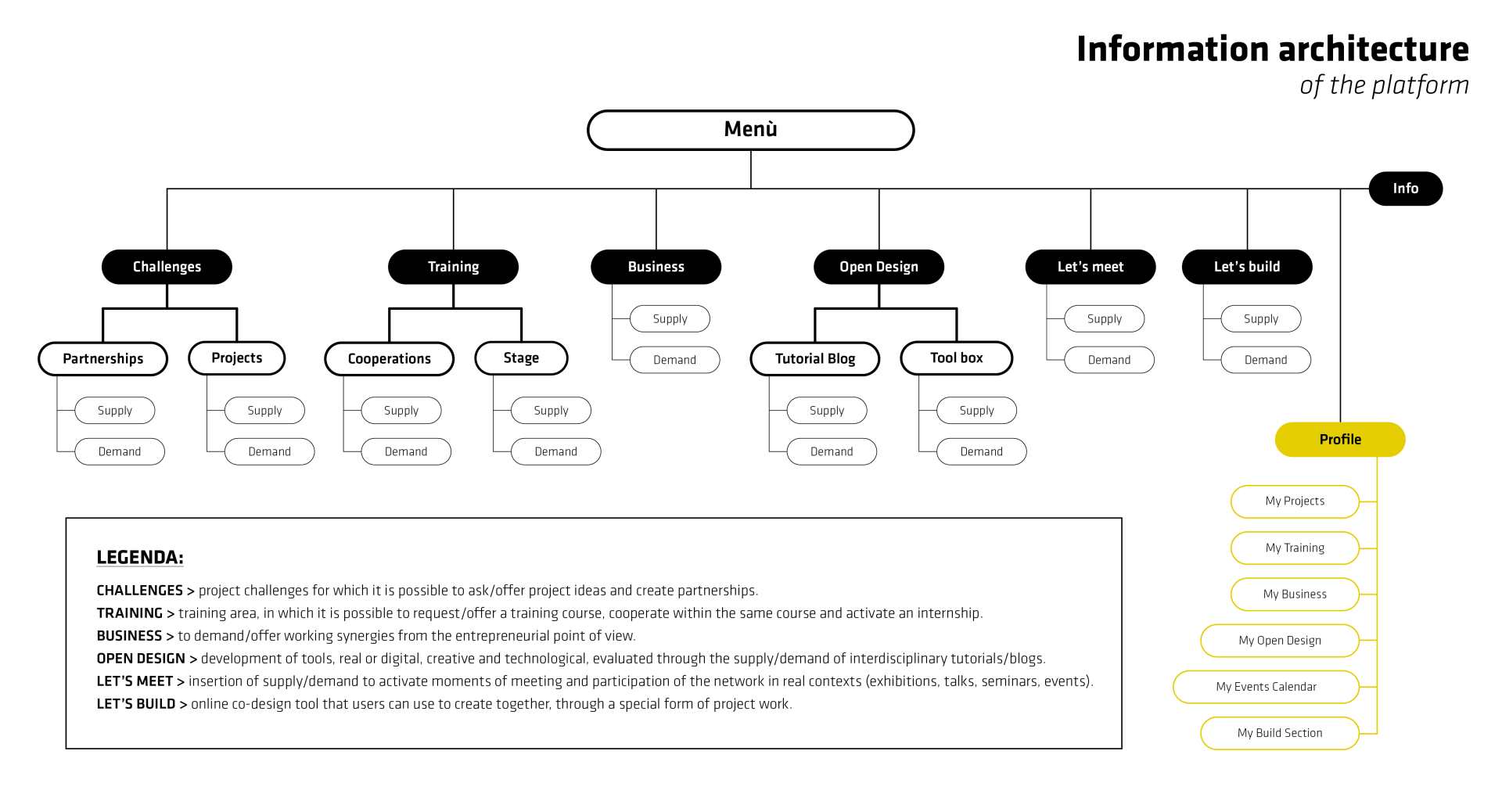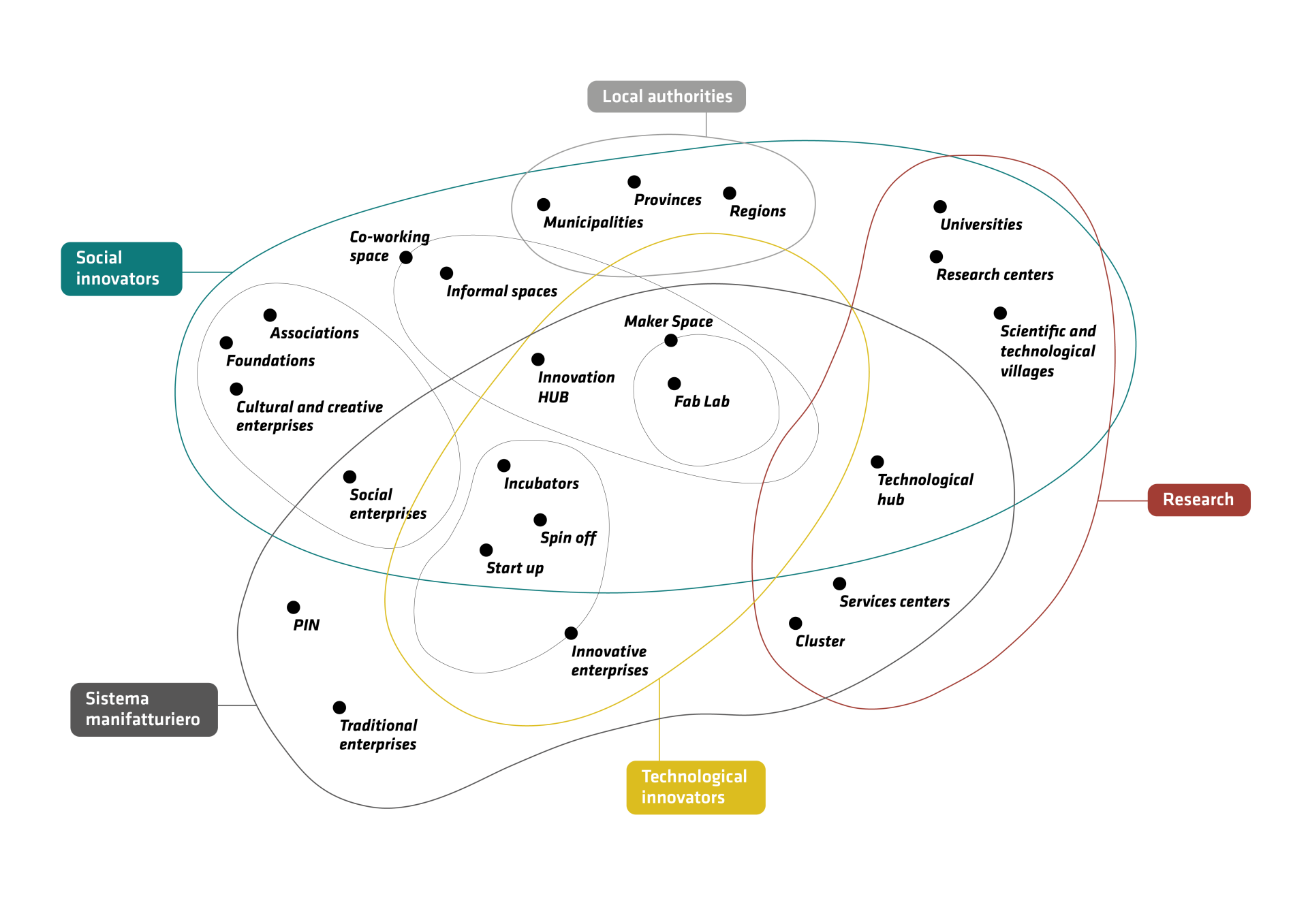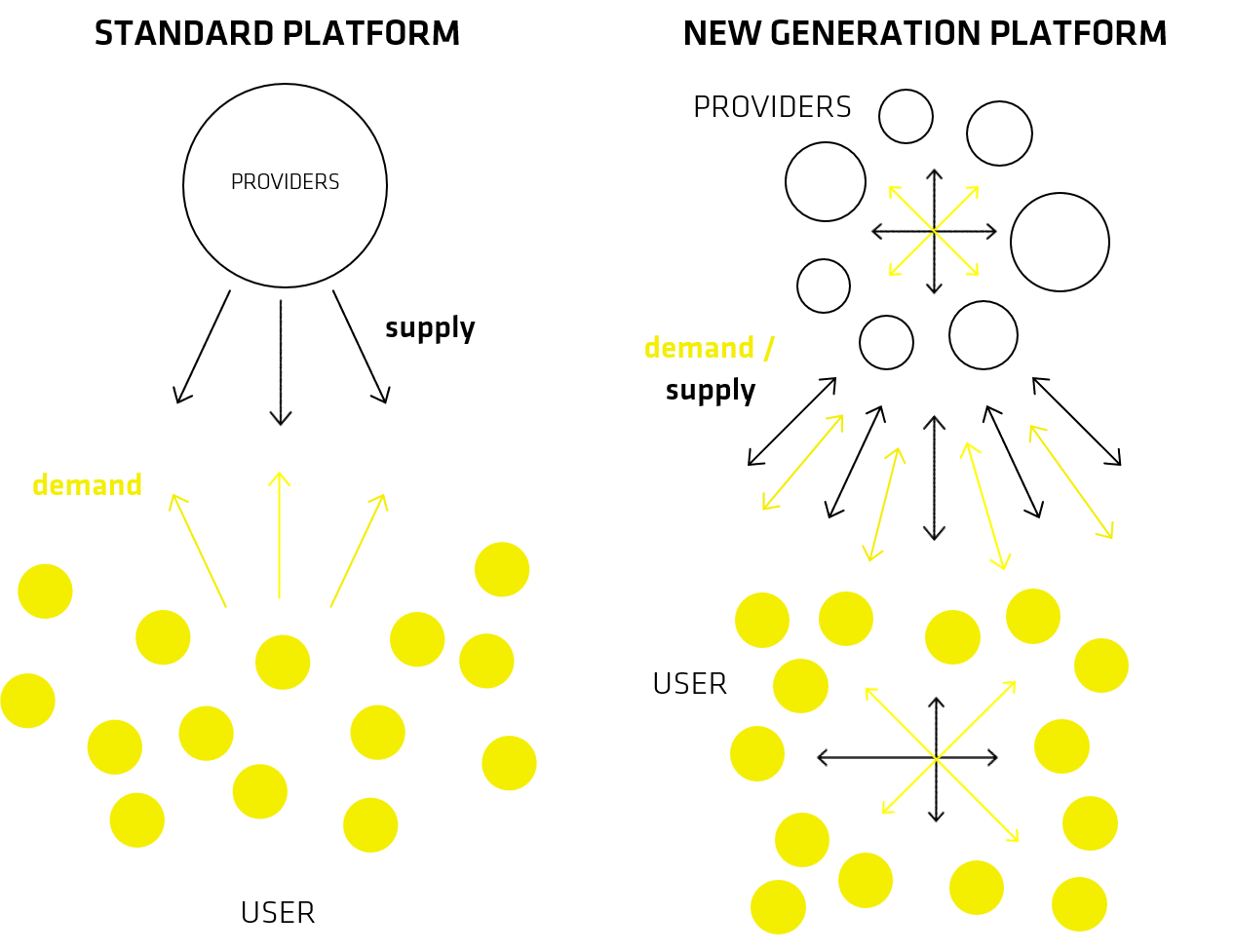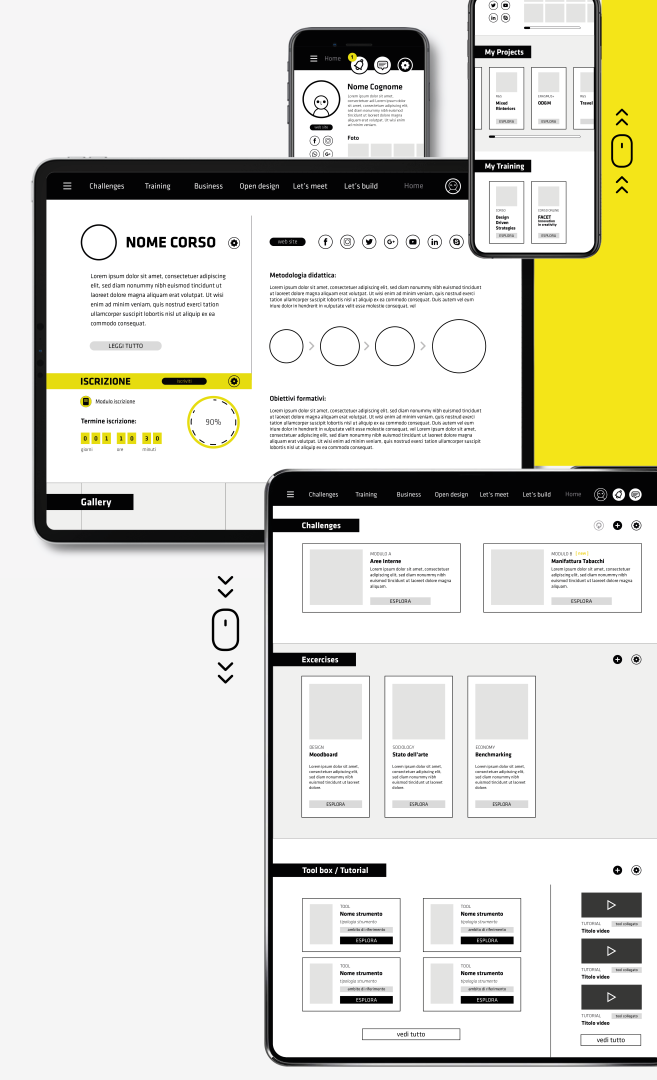The (Sixth) Sense of Design
Basic information
Project Title
Full project title
Category
Project Description
The project idea is about a collaborative and digital platform for the exchange of services and performances in a circular perspective, where sustainability and digitalization meet creating opportunities for all the territorial stakeholders of the production system, who become the driver of sustainable territorial innovation.
The platform is an independent and impartial intermediary between those who offer and those who seek a service, in order to reactivate cross-scale cooperation processes.
Geographical Scope
Project Region
Urban or rural issues
Physical or other transformations
EU Programme or fund
Which funds
Description of the project
Summary
The project develops a collaborative and digital platform aimed at the exchange of services and performances in a circular perspective, where sustainability and digitalization meet creating opportunities for all the territorial stakeholders of the production system (companies, service centers, research centers, universities, social enterprises, startups, etc.), who effectively become drivers of sustainable territorial innovation.
In this direction, the platform represents a strategic tool to stimulate future synergies and the birth of both physical and virtual, local and global, meeting places to bring together different realities and facilitate the mutual exchange of knowledge and experience. It is hypothesized that a network of national HUBs will be created to provide services in support of the platform, in order to reactivate processes of sustainable cooperation both locally and globally.
This idea of the platform is interesting for production systems because it is designed to eliminate the quantitative logic - typical of social networks (e.g. system of likes or number of followers) - to move to a qualitative dimension of contact. Through a specially designed algorithm, it will be the platform itself to connect users among themselves by spreading questions and offers according to the multiple needs sent and using the different skills of the network. Over the quantity will win the quality of projects and professionals that will give life to a really solid network, leading to concrete effects in the real world trying to develop projects in the border space between sustainability and digitalization.
The platform will allow interaction and co-design on: project challenges, project ideas, and partnerships; interdisciplinary training paths and research projects; new business systems; technological, digital, and creative tools still experimental; events and moments of participatory meeting.
Key objectives for sustainability
The key objectives of the project from the point of view of environmental sustainability are developed from the idea of generating a connected Smart System, which allows to optimize the production chain in a circular perspective, starting from the subcontractors and ending with the sellers. The platform of output services of the project is in fact based on the project activities, carried out by the various territorial stakeholders, and aims to optimize them within projects that are co-designed by the actors themselves. These processes will also lead in some cases to reinvent the production chains in a circular and smart perspective, thus creating an innovative plus in line with the principles of EU development. Precisely for this reason, it is important to involve in the platform network also universities and research centers to allow them to contribute to the training of new figures that, just in the territorial context, find a natural placement thanks to their ability to be mediators and creators of project synergies.
Sustainability is therefore achieved both in environmental terms by improving the production chains, and in social terms by creating a Smart System, highly integrated and interconnected both virtually and in real and concrete practices.
Key objectives for aesthetics and quality
Starting from the user experience and the platform design, the project will include a first part of users’ analysis and the definition of various types of personas that will allow to identify themselves in the territorial production system and in the various problems that have existed for a long time, making the designers understand how to solve and optimize them in the best possible way. For the development of the digital User Interface (UI), we will try to design a highly user-friendly system, as many of the users that we intend to involve do not have a high rate of digital competence. We want to create a platform that, just in its ease of use and its pleasing and comfortable aesthetics, will guide users in various activities without them noticing the technical-functional elements.
Key objectives for inclusion
The main objective of the platform is to widen the matching between demand and supply of services and performances, creating a system in which users can insert questions and offers, general or specific, sending them to the system and not to a single user. In this way, the platform becomes effectively interactive and intelligent, generating itself - through an algorithm - notifications that connect users together.
The platform - which is part of the latest generation of intelligent platforms - acts as an independent and impartial intermediary between those who offer the service and those who seek it, representing a tool with obvious benefits because it allows to regenerate and reactivate processes of territorial cooperation by expanding the interactions for all the stakeholders, of which it evaluates not only the competence but also the quality of projects uploaded by them.
Compared to the platforms currently developed, the one proposed creates a substantial innovation as it equalizes the standard roles of manager and user, creating a model of collaborative and interdisciplinary platform with a non-hierarchical structure, where each member is strongly involved and has direct responsibility for some aspects of the system.
Physical or other transformations
Innovative character
Sustainability, social innovation, and design are the three cornerstones of the collaborative platform that represents the output of the presented project. Each of them converges in the other and elevates it to build a new territorial network, which looks beyond national borders to extend to the whole world and takes as its design fulcrum collaboration and creativity that become the innovative drivers on which to focus to give sustainability and efficiency to the project.
In this sense, technology is designed as a social fact and its genesis involves complex harmonization processes between cultural, social, economic, and political elements that, because of the divergences created by approaching them, make this type of action so difficult. In order to spread the application of new technological discoveries in various social contexts, it will therefore be necessary to expand their use within educational contexts in which they are a strategic tool for the creation of an emerging class with greater cultural capacity and able to avoid possible future negative repercussions.
Knowledge is therefore the fulcrum for starting a regeneration of society. In order to promote and plan a long-lasting industrial renaissance based on cultural and technical-scientific foundations, these assumptions acquire the sense of a future perspective insofar as they are part of an organic framework that favors the reorganization of available resources towards trajectories of industrial leadership with virtuous relationships between universities, businesses, and territories.
Through these types of interactions, the ultimate goal is also to unite the world of Research and Universities with the ecosystem of companies, through the creation of this digital tool that represents an opportunity to move towards different places, both physical and virtual, trying to reconnect meanings and actions that often follow one another in a discontinuous and fragmented way.

